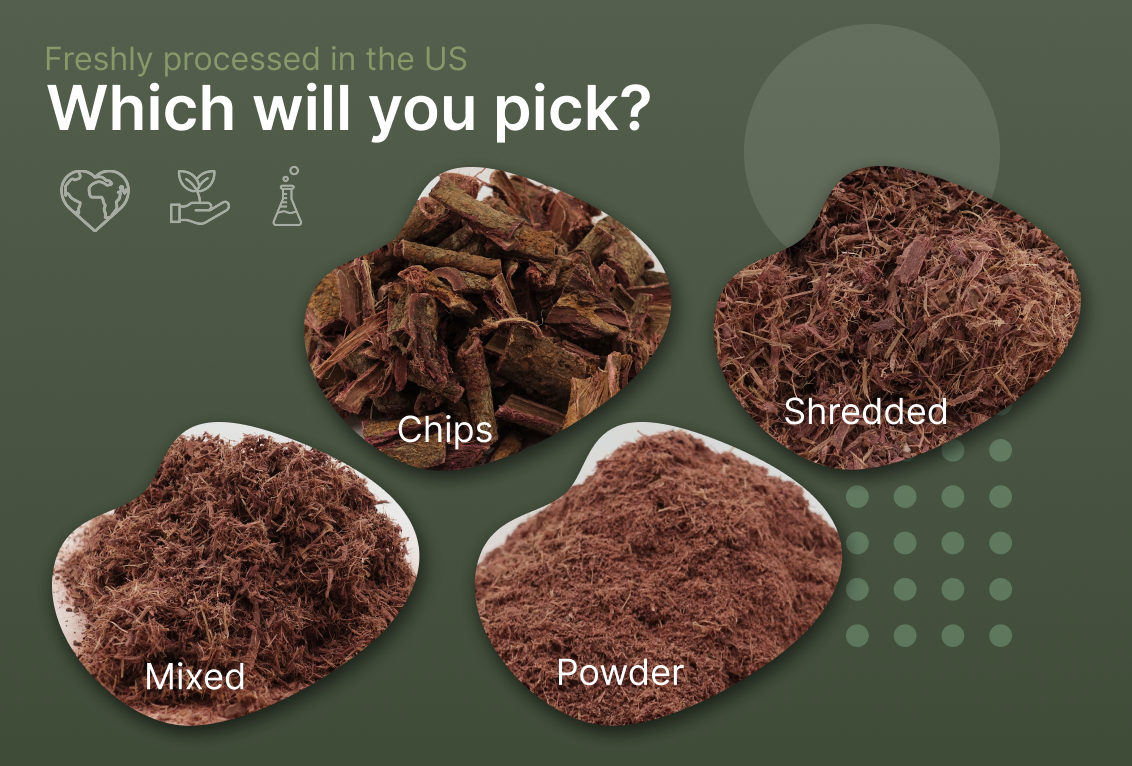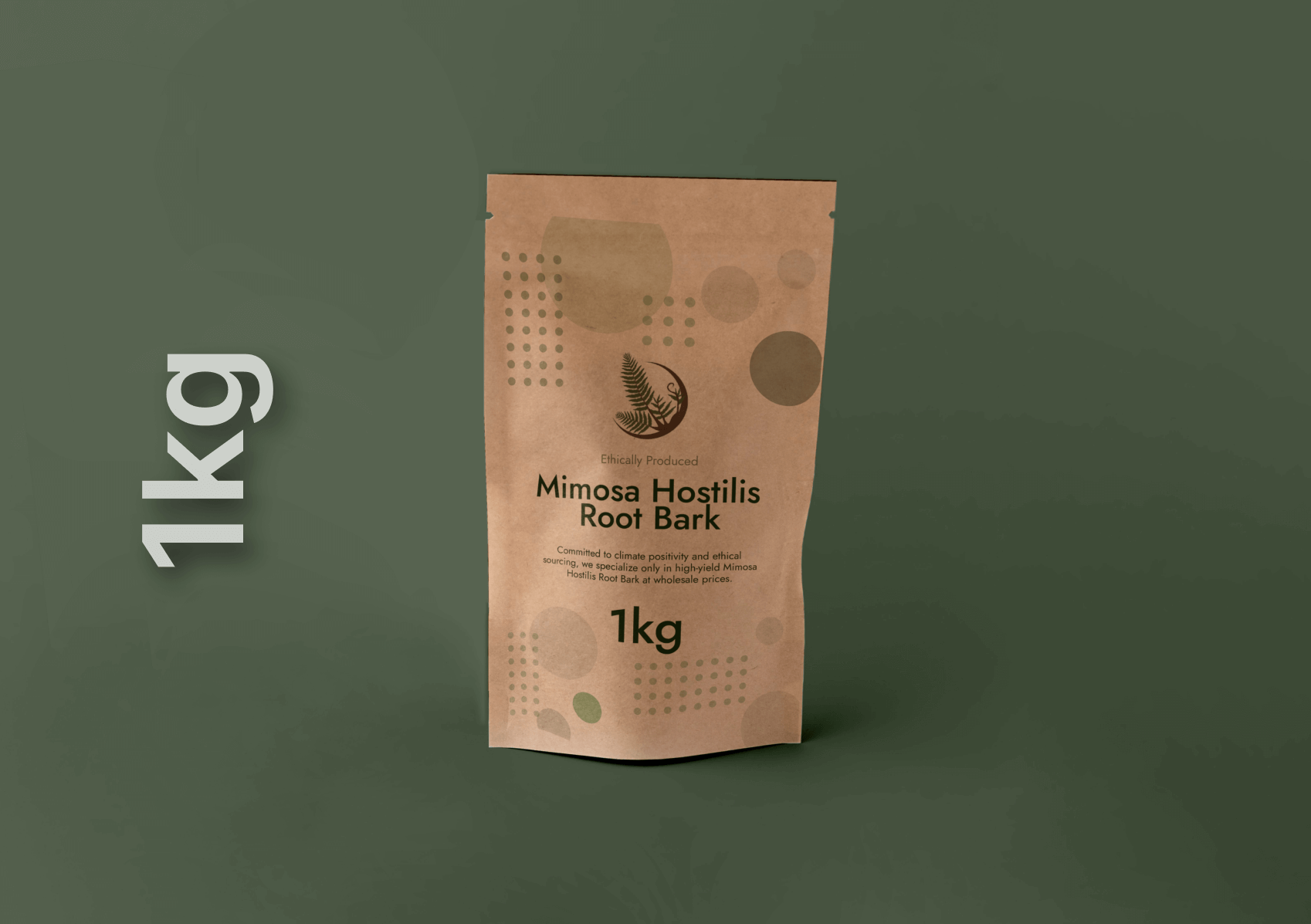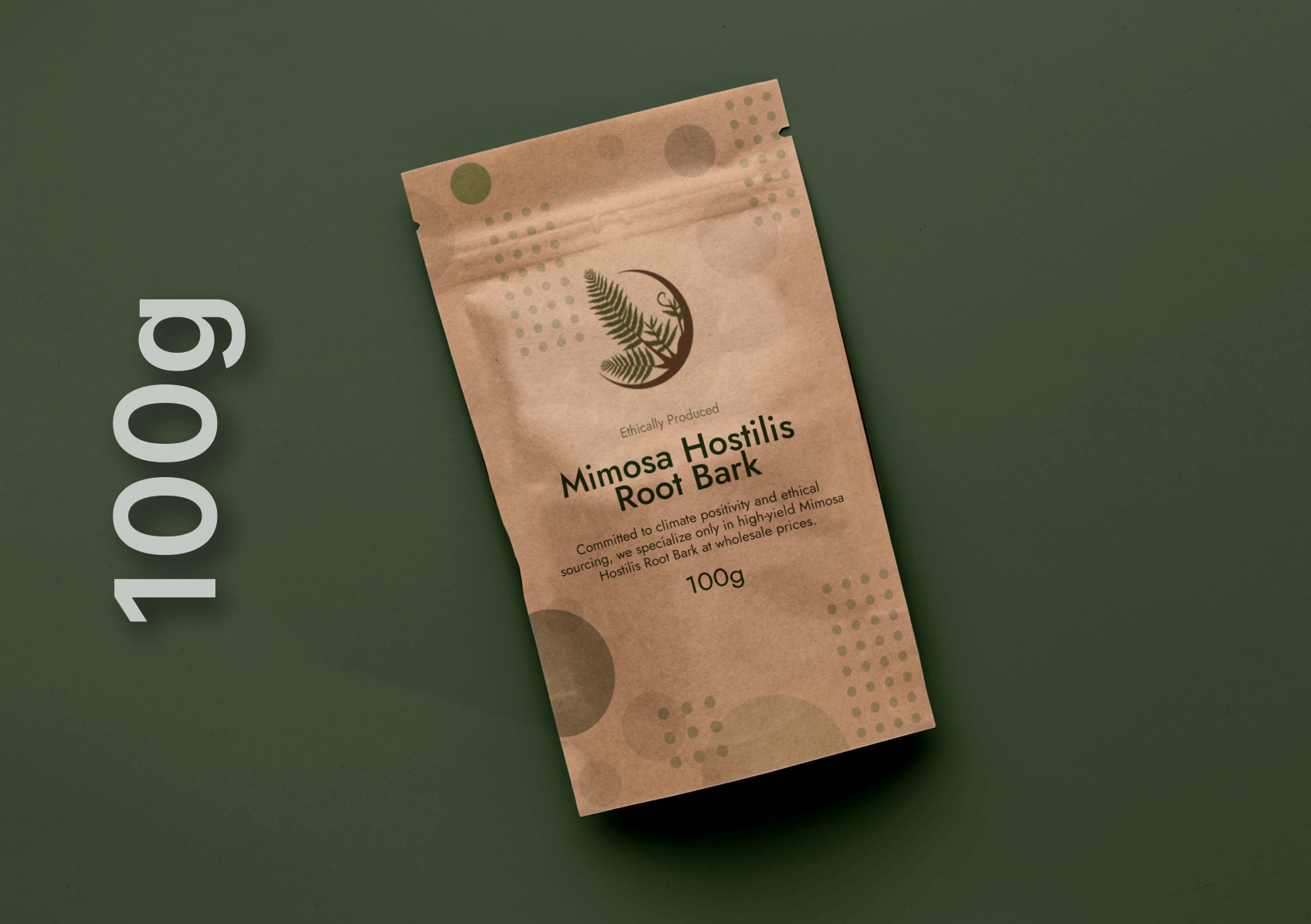Mimosa tenuiflora is a plant native to the southern regions of Mexico and South America. It possesses a rich history of traditional use among indigenous communities in its native regions due to its medicinal and spiritual properties. As time has gone on, and a modern lens has been applied to the historical usage of this plant, its therapeutic potential has garnered attention in the present, spurring curiosity for its potential usage. This article delves into the historical significance of Mimosa tenuiflora, and in doing so, hopes to shed light on the possibility of modern applications of this ancient remedy.
Historical Roots
Traditional Indigenous Use
Known locally as “Jurema” in Brazil, Mimosa tenuiflora’s history of use stretches back over 1000 years. Existing in ancient civilizations such as the Mayans, and later on, the Aztecs, Mimosa tenuiflora was used by shamans and traditional healers in a number of ceremonies and medicines. Healers brewed concoctions from the plant’s roots, bark, and leaves to treat various ailments, ranging from toothaches and burns to afflictions of the soul.
Wound Healing and Skin Care
Mimosa tenuiflora has played a crucial role in traditional medicine, particularly in wound healing and skincare. Indigenous communities in Mexico and South America have utilized the bark of the Mimosa tenuiflora tree for its potent medicinal properties. Notably, Mimosa tenuiflora bark is rich in tannins and alkaloids, contributing to its remarkable ability to accelerate tissue regeneration and promote wound healing. This application has been observed in regions such as Mexico, where the plant has been employed topically to treat burns, cuts, and various skin conditions. Its anti-inflammatory and antimicrobial properties make it a trusted remedy for promoting skin health and recovery.

Gastrointestinal Remedies
Beyond its applications in dermatological care, Mimosa tenuiflora has been historically utilized to address digestive issues. The bark and roots of the plant contain bioactive compounds that have been employed in traditional remedies to alleviate gastrointestinal discomfort. In various indigenous communities, Mimosa tenuiflora has been a component of herbal formulations aimed at treating conditions such as indigestion and stomach ailments. The plant’s effectiveness in addressing digestive concerns reflects the diverse range of medicinal applications attributed to Mimosa tenuiflora within traditional healing practices.
Antimicrobial Properties
The medicinal prowess of Mimosa tenuiflora extends to its potent antimicrobial properties. The plant has been recognized for its ability to combat infections, and studies have shown its effectiveness against various bacteria and fungi. This feature makes Mimosa tenuiflora a valuable natural resource in regions where access to modern antibiotics may be limited. The traditional use of Mimosa tenuiflora as an antimicrobial agent aligns with contemporary research, highlighting its potential as an alternative in the face of antibiotic resistance challenges.
Respiratory Health Traditions
In some traditional medicinal practices, Mimosa tenuiflora has also been incorporated into remedies addressing respiratory health. The plant’s bark and leaves, when prepared in specific formulations, have been employed to alleviate symptoms of respiratory conditions. Indigenous communities have utilized Mimosa tenuiflora as a natural remedy for issues such as coughs and bronchitis, showcasing its versatility in addressing a spectrum of health concerns.
Spiritual Healing
The plant was a key component in sacred ceremonies, contributing to the spiritual practices of South American tribes in religious and spiritual ceremonies. Its psychoactive alkaloids were believed to induce visions and facilitate communication with the spiritual realm. This usage has incited greater interest in Mimosa tenuiflora, raising questions about its chemical construction, quickly proving to be one of the more popular contemporary applications of this plant.
Modern Medicinal Applications:
Today, most medicinal usages of Mimosa tenuiflora have been phased out in favor of more modern practices. Its native regions in Brazil and in Mexico are highly populated and developed, and have less need for natural remedies, as modern medicine is just as accessible. Where once it proved to be an indispensable treatment for burns, inflammation and more, today’s applications of Mimosa tenuiflora tend to be less dire, used instead in the gentler applications of skincare and the spirit. Regardless of its tapering usage medicinally, its spiritual applications are being considered and observed by more eyes than ever before, posing interesting questions about its legal status at the same time.
Controversy and Legal Status
Legal Challenges
Despite its potential medicinal benefits, the legal status of Mimosa tenuiflora remains a point of contention in some regions. Regulatory frameworks often struggle to categorize its use due to its historical ties to spiritual practices and its potential psychoactive properties.
Ethical Considerations
The exploration of Mimosa tenuiflora in modern medicine raises ethical questions regarding cultural appropriation and the preservation and propagation of indigenous knowledge. Striking a balance between scientific inquiry and cultural respect is essential for responsible research, and users are urged to engage in respectful usage and practices as it relates to Mimosa tenuiflora.
Conclusion
Mimosa tenuiflora, with its rich historical roots in traditional medicine, continues to intrigue scientists and medical professionals alike. As research advances, unlocking the plant’s therapeutic potential, it is crucial to approach its usage with cultural sensitivity and ethical considerations. The journey of Mimosa tenuiflora from ancient healing rituals to modern medical research is a testament to the enduring curiosity and respect for the medicinal treasures nature offers.




